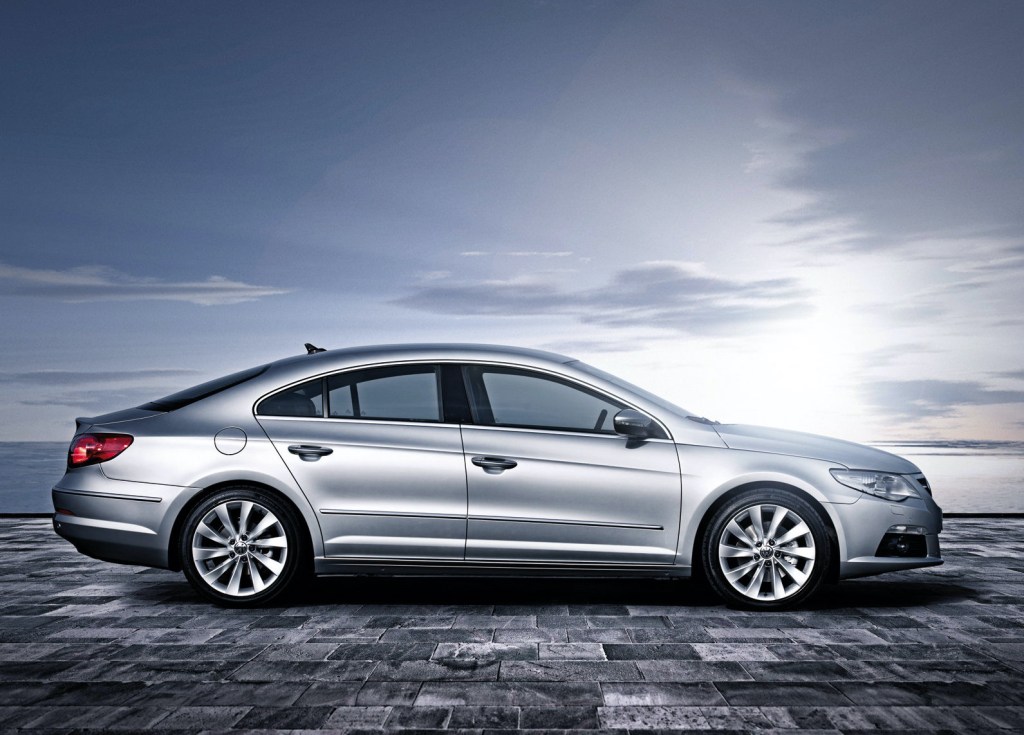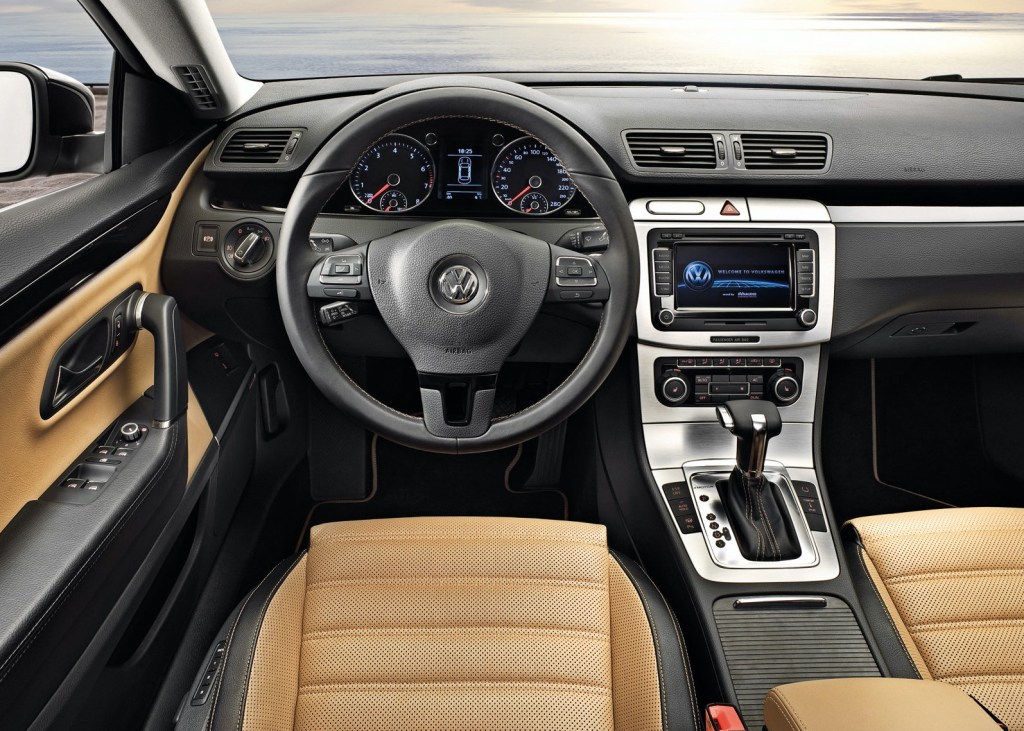
What Happened to the Volkswagen CC?
The Volkswagen CC was a sleek-looking version of its Passat stablemate that added a unique sense of style to the brand’s lineup for years and then abruptly disappeared. It was a trailblazer of sorts, in that it belonged in a unique category and stood out from almost anything else on the road. It was eventually replaced with the bigger and fancier Arteon, however, those who remember it may wonder why it was axed from the Volkswagen line. Whatever happened to the Volkswagen CC?
The Volkswagen CC was part of an exclusive class

The Volkswagen CC made its introduction back in 2009, which was about four years after the introduction of the Mercedes-Benz CLS. This is an important fact mainly because both cars were branded as “four-door coupes” by their respective automakers. It was a weird category at the time, and mainly done as a marketing ploy, but funny enough, it worked. Consumers liked the CC’s sharper looks over its boxier Passat sibling and the CC’s overall sportier vibe offered a different take on an otherwise “boring” platform.
In case you’re wondering how it got its name, the Volkswagen CC actually stood for “Comfort Coupe,” in that it was comfortable, yet sporty. One oddity at the time was that it was able to accommodate only four occupants total, as the middle portion of the rear seat was taken up by storage space and cupholders. Of course, that may have well played into the car’s coupe-like nature.

It felt like a coupe and drove like one, too
The Volkswagen CC wasn’t all about looks, though, it had the power and driving dynamics to back it up. Under the hood was a choice of either a turbo 2.0-liter, four-cylinder engine that produced 200 horsepower and 207 lb-ft of torque or a 3.6-liter V6 engine that put out 280 horsepower and 265 lb-ft of torque. The four-cylinder could be mated to either a six-speed manual or automatic transmission and the V6 was only available with an automatic, but it definitely wasn’t a slouch. Motorweek tested the 2009 Volkswagen CC and was able to get it to 60 mph in 6.1 seconds and down the quarter-mile 14.6 seconds.
In 2013, Volkswagen gave the CC a refresh including a minor front facelift and a rear bench seat so the car could actually fit five people in it. Otherwise, not too much changed over the years as the CC’s sophisticated and well put-together styling held up well. The only issue was that not many people really saw it in that way. Volkswagen CC sales were strong during the first five production years, hence the need for a refresh mid-cycle, however, they slowly declined after. For example, Volkswagen was able to sell nearly 30,000 units in 2011, but as the years went on, those numbers went down to the four-digit range as only around 3,200 units were sold in 2016.
It was good while it lasted
As you can probably guess by now, the end of the Volkswagen CC era came after the 2017 model year when only 1,355 units were sold and the automaker decided to cut it from the line. Declining sales got the best of the CC and it was later replaced with the larger and more comfortable Arteon. And while not enough consumers bought into Volkswagen’s four-door coupe, it was still a great car while it lasted. It’s just too bad that the Arteon doesn’t seem to be catching on either.



